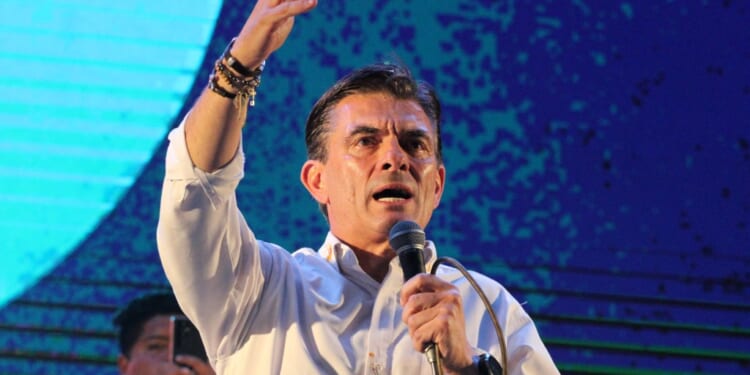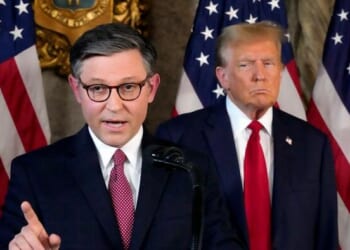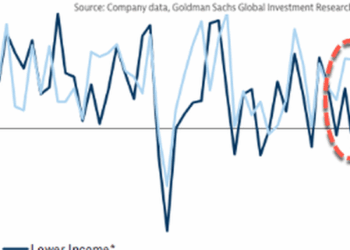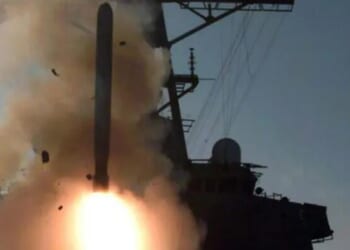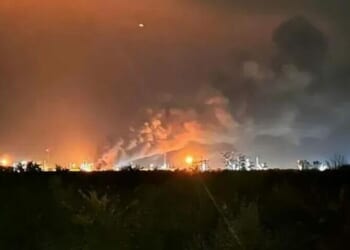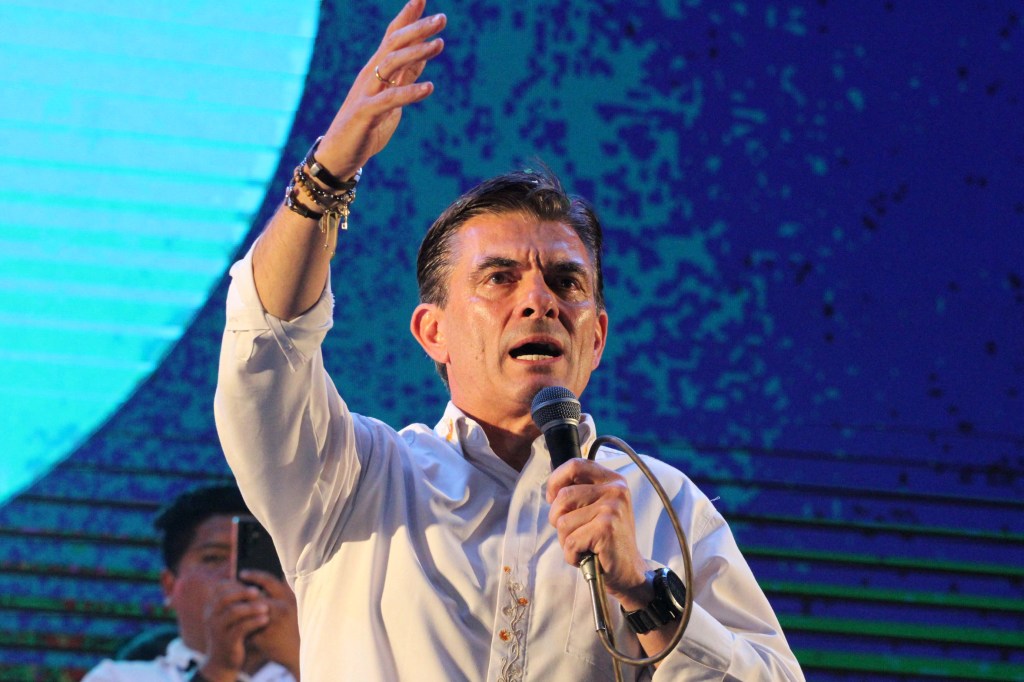
MAS lost all of its 21 Senate seats, and all but two of its 75 seats in the Chamber of Deputies, Bolivia’s lower house of Congress. MAS won so few votes that the party almost lost its legal status. The exiled Morales told his supporters to spoil their ballots in the first round by voting for him, and nearly a fifth of ballots cast in the August elections had his name on them. That said, “there’s also a very deep, deep anti-Evo sentiment nationwide, even among his own erstwhile followers,” Eduardo Gamarra, a professor of political science at Florida International University, told TMD.
Socialism, then, is on the retreat in Bolivia for now. But discussing Latin America—a region that includes 662 million people and spans two continents—as a unified bloc that swings right or left is too simplistic. Other new political movements, like Morena in Mexico, are decidedly left-wing, and in countries like Brazil, the established parties of both the left and right have suffered recent electoral defeats, said Will Freeman, a fellow for Latin America studies at the Council on Foreign Relations. The region’s political shift is “mixed, it’s pretty muddled,” he said. “I think people just want to read it all as downstream of Trump, but it’s just not that simple.”
The choice that Paz and Quiroga offered voters, said Michael Shifter, the former president of the Inter-American Dialogue, was between undertaking reforms gradually or suddenly. Voters were clearly unwilling to move all the way toward Quiroga’s aggressive approach, but the risk of a moderate like Paz, Shifter told TMD, was a middle-of-the-road policy that “runs the risk of not really addressing the profound problems that the country confronts.”
Inflation in June was up 24 percent from June 2024—a 34-year-high. Bolivia’s national debt is 95 percent of GDP, and the country also faces an acute currency crisis. Though the government mandates an exchange rate of 6.96 Bolivianos per U.S. dollar, falling energy exports have reduced the flow of dollars going into the country, and a dollar can be turned into 14 or 15 Bolivianos on the black market. There are shortages of food and fuel, and basic goods are regularly sold under the table. Restoring normalcy and economic stability will be a tough task.
Paz, however, has the opportunity to benefit from a new relationship with Washington. The second Trump administration has taken an active role in Latin America, offering Argentina’s struggling government a $20 billion currency swap, positioning naval assets near Venezuela, and launching trade wars on Mexico and Brazil, the latter of which faces a 50 percent tariff on many of its exports. During Trump’s first term, “it was definitely more sticks than carrots when it came to Latin America,” Freeman told TMD. “This time, there are no carrots. It’s all sticks.”
But there are signs that the administration is looking to start cultivating a different image with the region, with Bolivia potentially playing an important role. Freeman predicted that the State Department may “try to take advantage of this to kind of reset with Bolivia, and prove that it’s worth working with the U.S., rather than just like flipping back to Russia, China, and Iran.”
Whereas Morales and his predecessor cultivated relationships with Iran, China, and Russia, White House officials have praised Bolivia’s new openness to the U.S. During Argentine President Javier Milei’s visit to Washington last week, Secretary of State Marco Rubio described Bolivia as “one of the more promising developments” in South America. “After 25, 30 years of anti-American hostile government, both of the candidates running … in the runoff election, want strong, better relations with the United States.”
During his victory speech in the capital of La Paz, President-elect Paz said that “We must open Bolivia to the world.” On Sunday night, the State Department posted on X, “We look forward to partnering with President-elect @Rodrigo_PazP to restore economic stability, expand private-sector growth, and strengthen security.”
And the U.S. has a pecuniary interest in Bolivia as well. The U.S. Geological Survey estimates that the country sits on 23 million tons of lithium, roughly a fifth of the world’s total. Chinese and Russian companies have signed contracts to extract the mineral, used in batteries powering cars, utility grids, and personal electronics.
Even so, pinning the country’s economic hopes on yet another natural resource may be a mirage, Shifter told TMD. Despite Chinese and Russian interest, there’s been little progress yet on extracting lithium due to technological and bureaucratic hurdles. “There have been lots of problems in getting these operations going in Bolivia,” Shifter said. Quiroga promised to encourage foreign investment in lithium mining, but Paz has been more circumspect, promising to consult with communities who would deal with the environmental harms associated with such projects. Recent discoveries of massive lithium deposits in Arkansas and Nevada, potentially totaling well over Bolivia’s natural reserves, could quickly lessen U.S. interest in a commercial project.
That said, the Trump administration is certainly looking to reward Latin American politicians it views as ideological allies. Former Brazilian President Jair Bolsonaro, facing prosecution for attempting to overturn an election, has elicited a vigorous diplomatic and military campaign from the White House in his defense, and Milei’s economic program has been given some breathing room by recent U.S. deals. During a meeting with Argentina’s president, Trump said that the outcome of October’s Argentinian mid-term elections would impact ongoing U.S. support. “Our approvals are somewhat subject to who wins the election. … If [Milei] loses, we are not going to be generous with Argentina.”
From his family’s ranch, two days out from the election, Paz spoke with Reuters. “We’re going for a new stage of Bolivian democracy in the 21st century,” he told the reporters. “We’re going to try to build an economy for the people. … [One where] the state is no longer going to be the central axis.”

